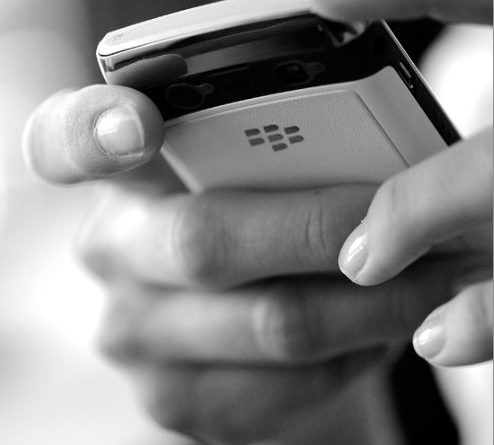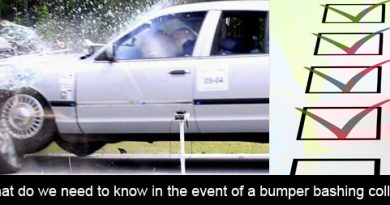Can Smartphone apps help to improve driver alertness and avoid fatigue related accidents?
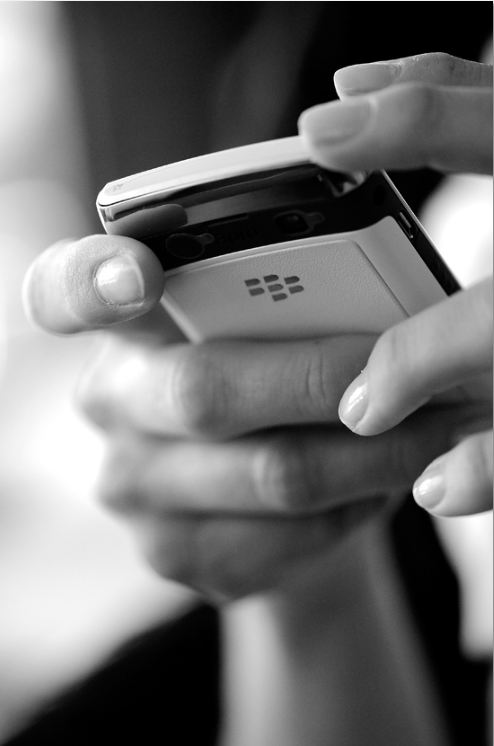
What would you do to avoid driver fatigue behind the steering wheel? Are there tools out there that could help you to avoid falling asleep behind the steering wheel? Earlier today I have come across an article by Kathryn McConnachie on ITWeb which is well worth sharing. The article is titled “Apps to keep drivers Awake”
“Long-haul road trips often mean endless games of “Eye-Spy”, songs like “Life is a highway” on repeat and multiple cups of strong coffee. While smartphones are often deemed a dangerous distraction behind the wheel, there are now a number of new applications designed specifically to help drivers fight fatigue and stay alert. Drivia is a newly-released iPhone app that uses trivia games based on voice recognition technology.
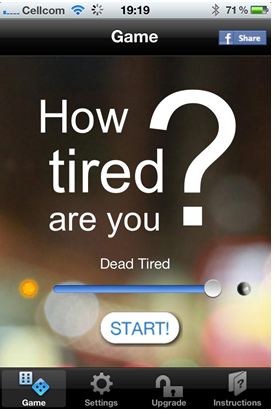
“Drivia is targeted at drivers that have become increasingly bored and tired due to spending long hours on the road. The app reacts differently based on each driver´s fatigue level, interacting through a voice-only system to keep the driver awake and alert.”
Co-founder Assaf Mayer Yitzhaki says the idea occurred to him after seeing a bus driver use radio songs as a trivia game to keep passengers entertained. Yitzhaki then developed the concept of building an app that drivers could use on their smartphones without needing to actually look at the screen.
“The majority of traffic accidents today are caused by distracted drivers that become increasingly fatigued on the road, with the number of accidents increasing drastically every year,” he says, adding that it is not enough to keep a driver alert, but rather necessary to keep them engaged. Statistics show that up to 25% of all fatal accidents and 40% of single-vehicle accidents are fatigue-related.
The trivia games have several different interest categories and the app also has alert messages, which become louder as the driver’s responses become slower. While the app is currently only available for the iPhone, the developers say it will later be supported by Android and Windows Mobile.
Stay awake!
Another application to help prevent fatigue behind the wheel is the Anti-Sleep Pilot (ASP). This app calculates a driver’s fatigue levels, provides tasks to maintain alertness, and recommends preventative breaks from driving.
“The patented Anti-Sleep Pilot algorithm was developed through four years of collaboration with leading sleep scientists,” say the ASP developers.
“It calculates your up-to-the-minute fatigue level, which is based on 26 scientifically identified parameters.”
The parameters are based on a personal risk profile, fatigue level at the outset of the trip, driving time, time of day and reaction times. Another available option is the free Anti-Drowse app. Users enter the time they’re driving and press start, the app then makes periodic, and unpleasant, noises to keep the driver awake. But in the face of crippling fatigue behind the wheel, how effective can a smartphone app really be?
No backup
Driving.co.za MD Rob Handfield-Jones says these new applications bear comparison to the “dead man’s handle” in trains.
“The modern dead man’s handle requires the driver to move the handle to random locations on command, or press a button in response to an in-cab signal given at random times. If the driver doesn’t respond within a set time, the train automatically brakes itself to a halt,” explains Handfield-Jones.
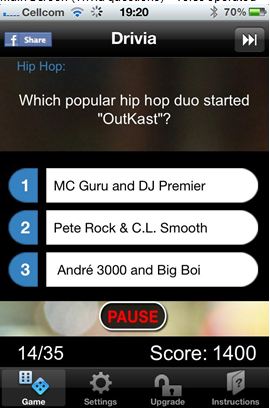
“The last item is the crucial piece of the puzzle that’s missing here – I would certainly agree that apps such as these could help increase alertness levels and delay the onset of sleep, but when a driver who is exhausted ultimately succumbs to the body’s natural urge and nods off, there’s no backup system which can brake the vehicle to a halt and pull it off the road.
“When the driver falls asleep, the vehicle crashes; it’s that simple.”
Handfield-Jones says that if a driver is so fatigued that s/he needs assistance in staying awake, they are already far beyond the threshold at which they should have pulled over to rest.
“The apps may relieve some of the boredom of long-distance driving, but I doubt they will make any significant contribution to preventing drivers from falling asleep due to fatigue.”
Modern advice
Handfield-Jones says traditional advice of stopping every two hours is somewhat dated.
“That advice comes from the 1970s when cars were uncomfortable, noisy, more difficult to drive than modern cars, and didn’t have air-conditioning.
“Too many breaks can also create fatigue, because they can lead to drivers constantly being reminded how far they really have to go. This can lead to a sense of hopelessness which is just one step removed from a disinclination to care, and that’s not a condition in which I want a driver to have to cope with an emergency like tyre failure or a vehicle on the wrong side of the road. In modern cars, my advice is that drivers should drive as long between breaks as they feel comfortable,” says Handfield-Jones.
“The important thing is that drivers should not only rest when they feel the onset of fatigue, they should rest for long enough to overcome that fatigue. A 10-minute break is unlikely to do so. I would rather prefer a driver to take a 45-minute break every six hours than a 10-minute break every two hours.”
- Plan ahead if you’re going to be in a car for more than an hour at a stretch.
- Plan journey breaks at safe stops, taking into account long stretches of monotonous road, such as motorways, and vulnerable times.
- Consider stopping overnight on long-haul journeys
- Share the driving with someone else – don’t do it all yourself if you don’t have to
- Stop every two hours
- If you start to feel tired while driving, don’t rely on air con or an open window: find a safe place to stop
- Only get back behind the wheel when you are properly refreshed
- Avoid driving during the “red-eye hours” of midnight and 7 a.m.
- Follow your body clock: Most accidents happen at low points between 2-6 a.m. and 2-4 p.m.
- Consider putting off your car trip until the morning, then get a good night’s sleep in the meantime.
- Avoid alcohol and medications that cause drowsiness.
- Drink one to two cans of a high-caffeine energy drink or two cups of coffee, then nap for 20 minutes to allow the caffeine effect to kick in.
- Energy drinks can be helpful for drivers as a quick fix to get them to a safe stopping place but should be consumed responsibly.
- Remember, tiredness can be a killer as it affects reaction time and concentration.
For more on Driver Fatigue also view:
- Energy Drinks, Driver Alertness/ Tiredness and Safe Driving
- Study on Energy Drinks and Driver Tiredness
- Driver Fatigue and Road Safety
- Road Safety & Health – Page on Fatigue
- Driver Tiredness
- Facts about drowsy driving internationally
- Sleep Apnoea and Road Safety

